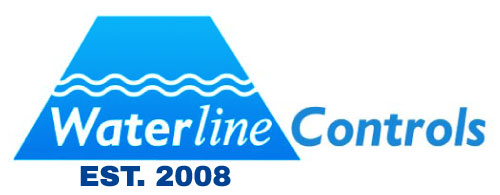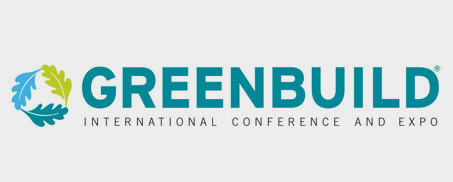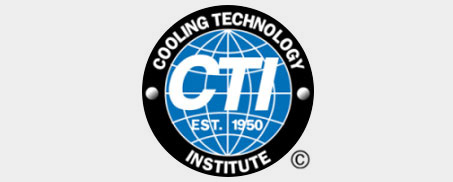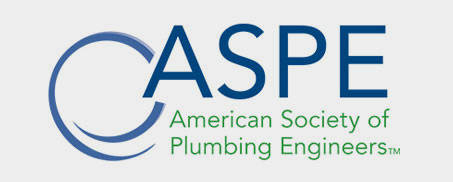Definition
A Break Tank is a non-pressurized, closed water tank, with an air gap to ensure zero backflow. It interrupts or ‘breaks’ the connection to the water source.
According to The National Fire Protection Association(NFPA), break tanks are to be used for one or more of the following reasons:
- As a backflow prevention device between the city water supply and the fire pump suction
- To eliminate pressure fluctuations in the city water supply and provide a steady suction pressure to the fire pump
- To augment the city water supply when the volume of water available from the city is inadequate for the fire protection demand
For fire protection systems, there is frequently a requirement for separating the system from municipal water mains to ensure that a surge from the starting and stopping pumps doesn’t affect the mains distribution. Also, many water systems cannot supply the needed amount or steady flow rate.
A break tank is capable of providing a constant suction to a fire ‘booster pump’, and provides some water storage, but the tank’s size is below what it required by the fire protection systems total operation. When tanks are the only source, with no refill connection to a supply, two or more tanks or compartments are required. The total volume of all tanks (or compartments) must be sufficient for the full fire protection demand of the specified system. Each tank or compartment must be large enough to allow 50% of the demand to be stored. Each tank or compartment must have an automatic refill that can provide the full system demand.
Break Tanks for Boosting Systems
Break tanks are also used for series boosting systems. To create required pressure for taller buildings, break tanks are used to divide the boosting system into multiple pressure zones. In some areas, booster cannot be directly connected to the incoming mains supply to ensure that no water can get fed back into the mains supply, preventing contamination. In such cases, break tanks are required in all booster installments.
NFPA 20, Section 14.5.3.1.5 requires “A local visible and audible low liquid level signal shall be provided in the vicinity of the tank fill mechanism.”
The refill system must have a minimum 1 automatic system and 1 manual system. If a minimum 30 minute duration is not provided, a 2nd automatic refill system must be installed.
A break tank must be sized for a minimum 15 minute duration with the pump operating at 150% of its rated capacity.
A Waterline Controls™ system, with its ability to connect to your Fire Panel system provides these alarms and filling features necessary to provide for proper functionality of the system. Waterline Controls™ is great insurance against failure, maintenance or suitability concerns. From the smallest to the largest and most complicated systems, we have you covered.
PROUDLY MADE IN THE U.S.A. 
All of our liquid level controls and liquid level sensors are assembled right here in the U.S.A.
where we monitor every step of the process.
NOT SURE WHAT YOU NEED? JUST CALL BECAUSE WE’RE HERE TO HELP! 480-905-1892
We offer products comparable to the products offered by the above companies. See our website pages for further information on the products. The tradenames and trademarks in this page are owned by their respective companies or are the same name as the company. They are mentioned for comparison purposes only. They are in no way affiliated with System Dynamics, Inc or WaterLine Controls.




